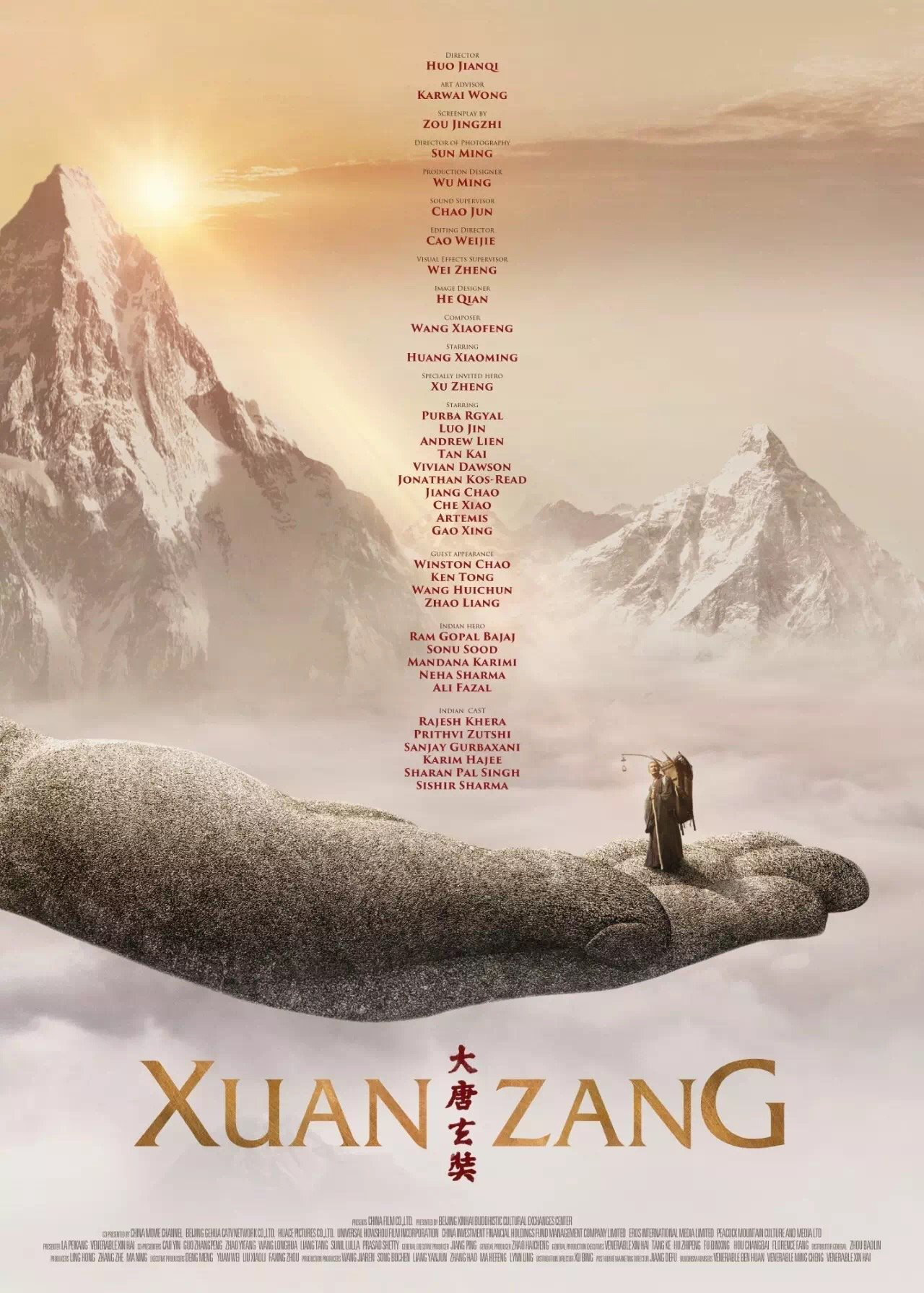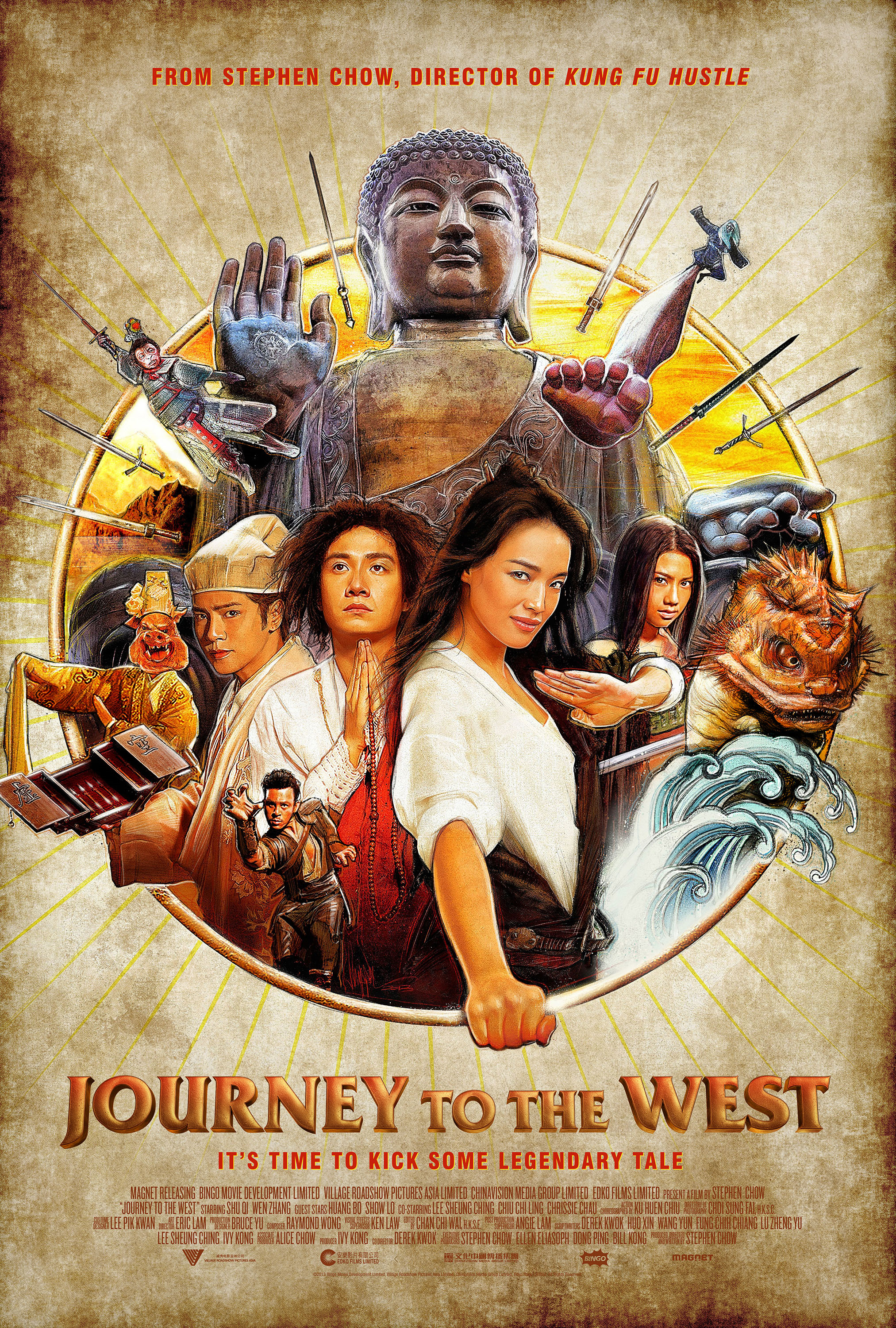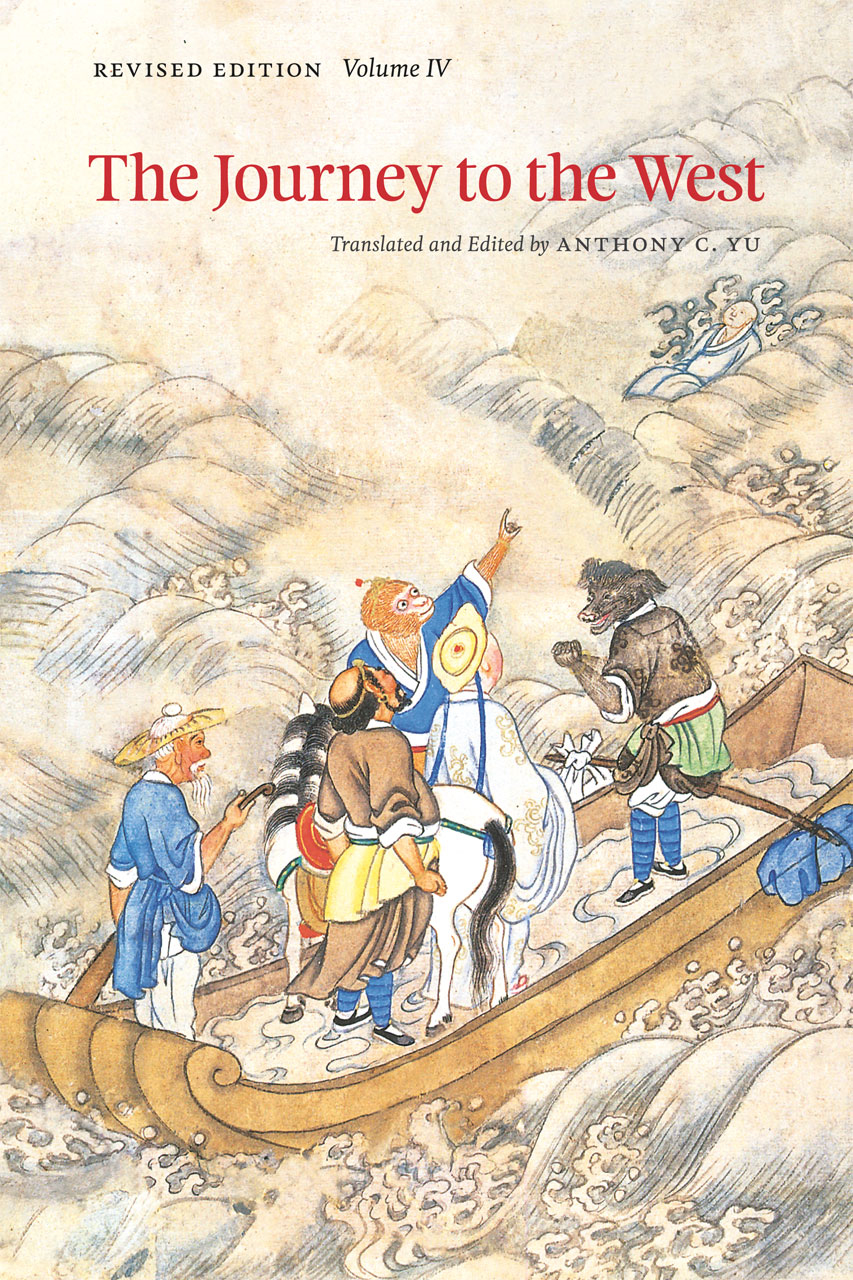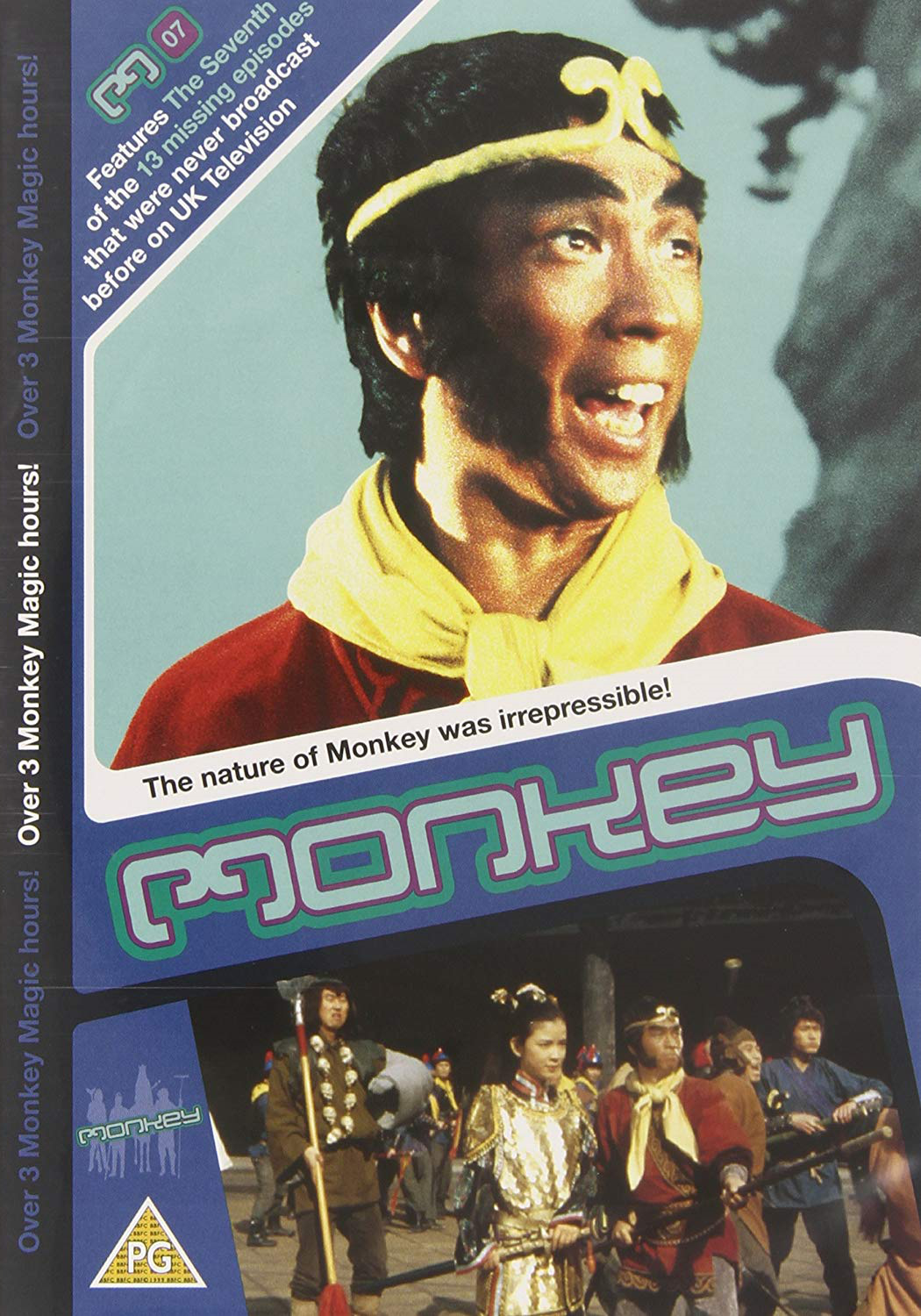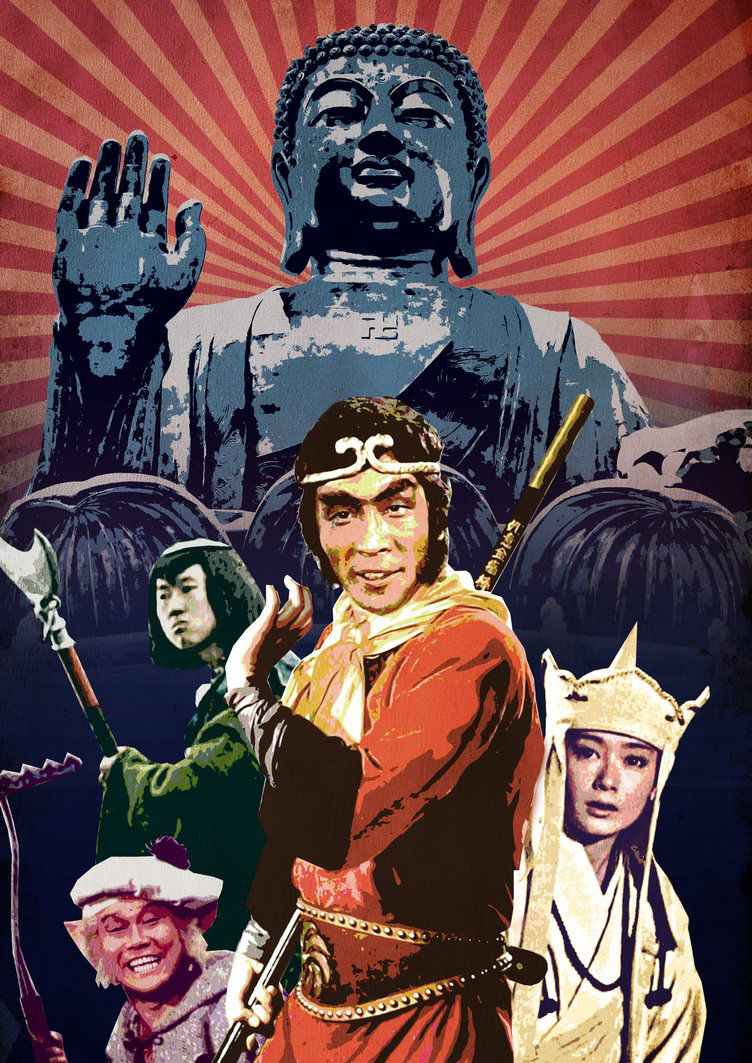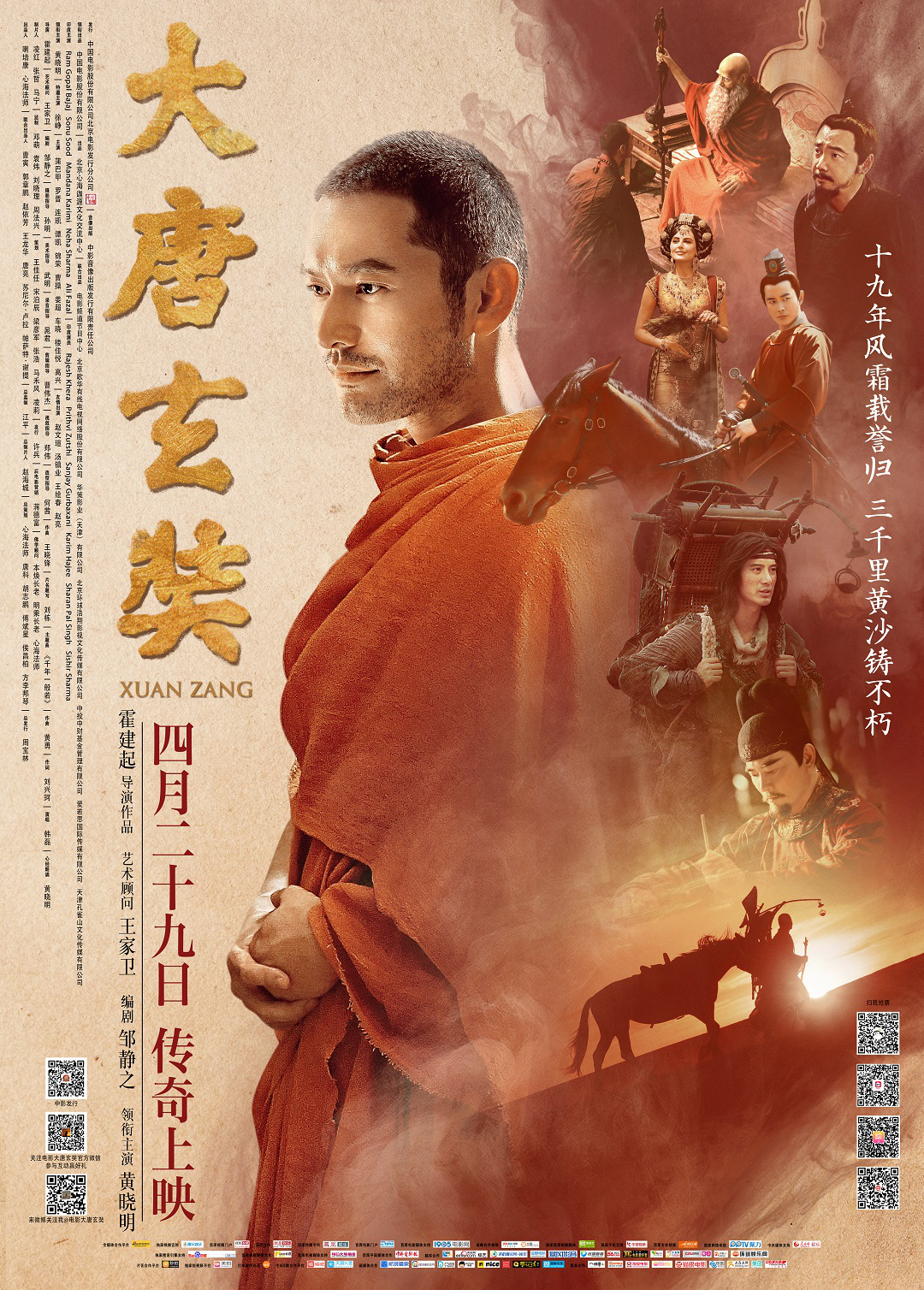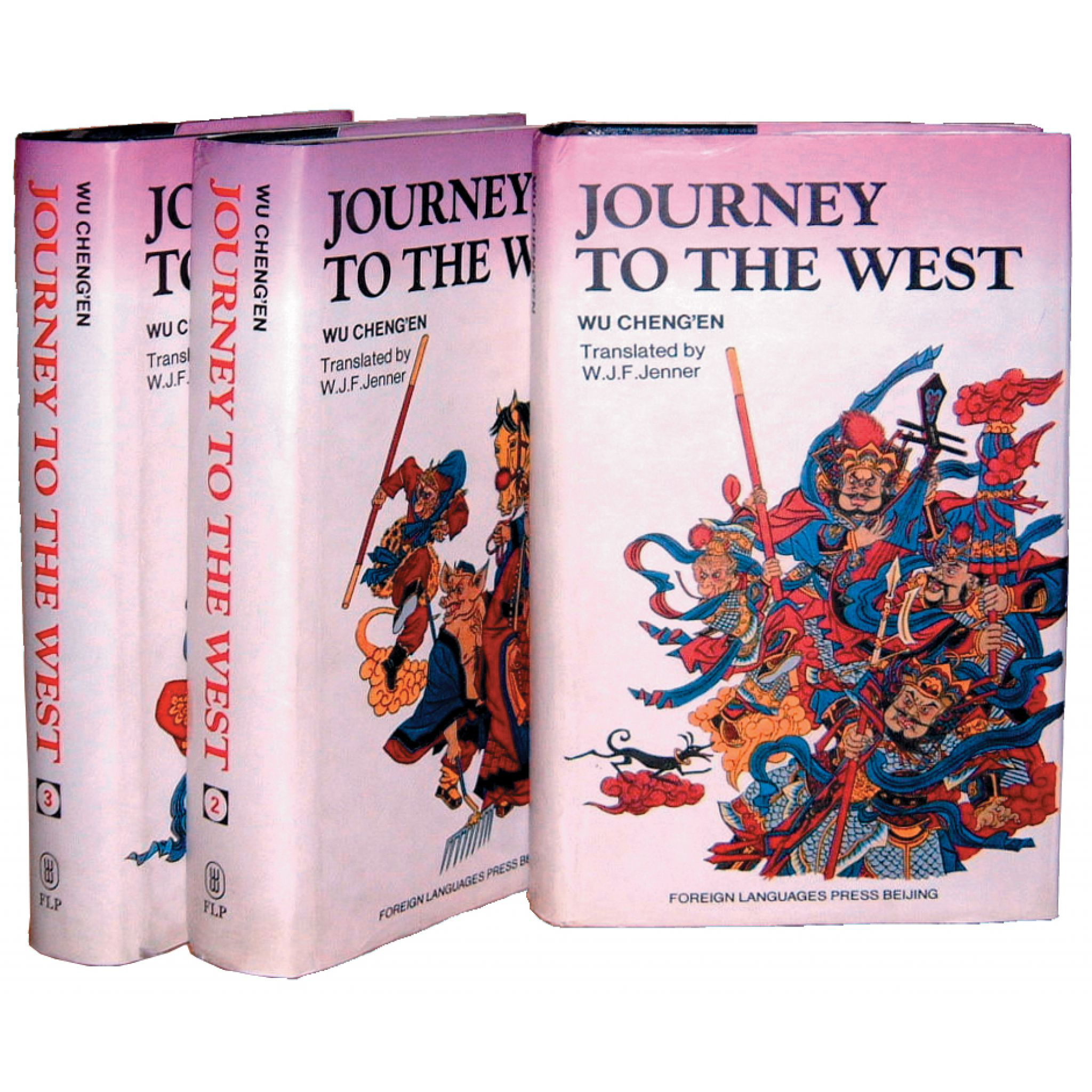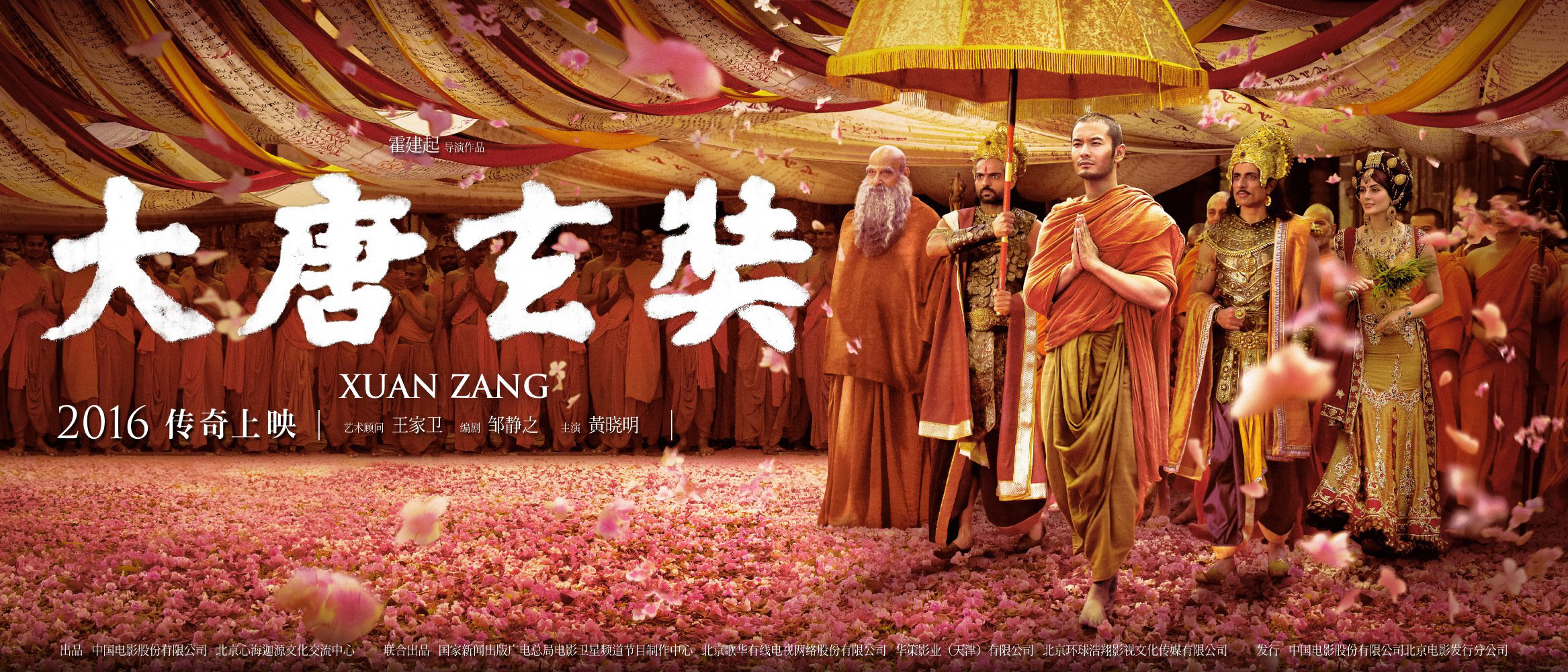Xuanzang
“The Chinese Dream is a dream of peace. Throughout history, China has sought peaceful relations with other countries. China will never seize development through colonization and plundering. More than 1300 years ago, the Chinese famous monk Xuanzang came to South Asia through the Silk Road. He stayed in Taxila, which is only 32 km from Islamabad. He learned from and exchanged with others in Taxila, and promoted the friendly exchanges between China and South Asia. 600 years ago, a Chinese navigator named Zheng He led the biggest fleets to South Asia for trade, which stands in sharp contrast to colonization and plundering of the West. Zheng He is a Muslim by the way. China will insist on the principle of peace and friendship, strive for development in a peaceful global environment and promote world peace through self-development.”
In China Xuanzang has become the iconic traveler of the Silk Road. A Buddhist monk, scholar and translator, of the seventh century, Xuanzang traveled between China and South Asia, undertaking a pilgrimage believed to have lasted 17 years. Born in 602, he was ordained as a full monk at the age of 20. Unsatisfied with the texts of Chinese Buddhism, he set off for India, passing through the Gobi desert en route for Samarkand and Bamiyan. He stopped for over a year in Kashmir, before continuing his arduous journey southwards through India.
There he spent several years at Nalanda, the famed Buddhist university, which today is undergoing a revival, albeit with some controversy and struggle. Over the course of fours years or so, he studied Nalanda’s Buddhist scripts, learning Sanskrit along the way. Many years passed before he returned to China in 645.
Xuanzang’s Heart Sutra and Great Tang Records on the Western Regions remain seminal texts in Chinese history, and made him known across Asia. As Sally Hovel Wriggins notes in her book on Xuanzang “when I talked to curators from the Kabul Museum in the mid-1970s about this pilgrim and his journey, they produced a map showing me exactly where he had been in Afghanistan.” In India his works continue to be cited as evidence of long-standing ties between the country and China. In Xi’an, the legend of Xuanzang continues to be celebrated through the city’s famed Goose Pagoda, which, it is believed, he ordered to be built on his return.
In the decades after World War II, Japanese state broadcaster NHK produced a number of Silk Road media projects in an effort to revive good will with China. In addition to the critically acclaimed 12 part NHK/CCTV documentary series The Silk Road, NHK also set a second series in Northwest China. Shown over 52 episodes, Saiyūki retold one of the most famous works of Chinese literature, Journey to the West. Attributed to the sixteenth century author Wu Cheng'en, the novel depicts Xuanzang’s travels. Dubbed and renamed Monkey for international export, the series included fantasy action scenes and a memorable soundtrack, making it a cult hit in multiple countries. Broadcast in England in the early 1980s, I just remember it as part of “there’s nothing to watch” on dreary Saturday lunchtimes. It is a story that continues to circulate in popular culture in both India and China. As the promotional posters here illustrate, Journey to the West and Xuanzang’s pilgrimage have both been remade for film and television in recent years.



